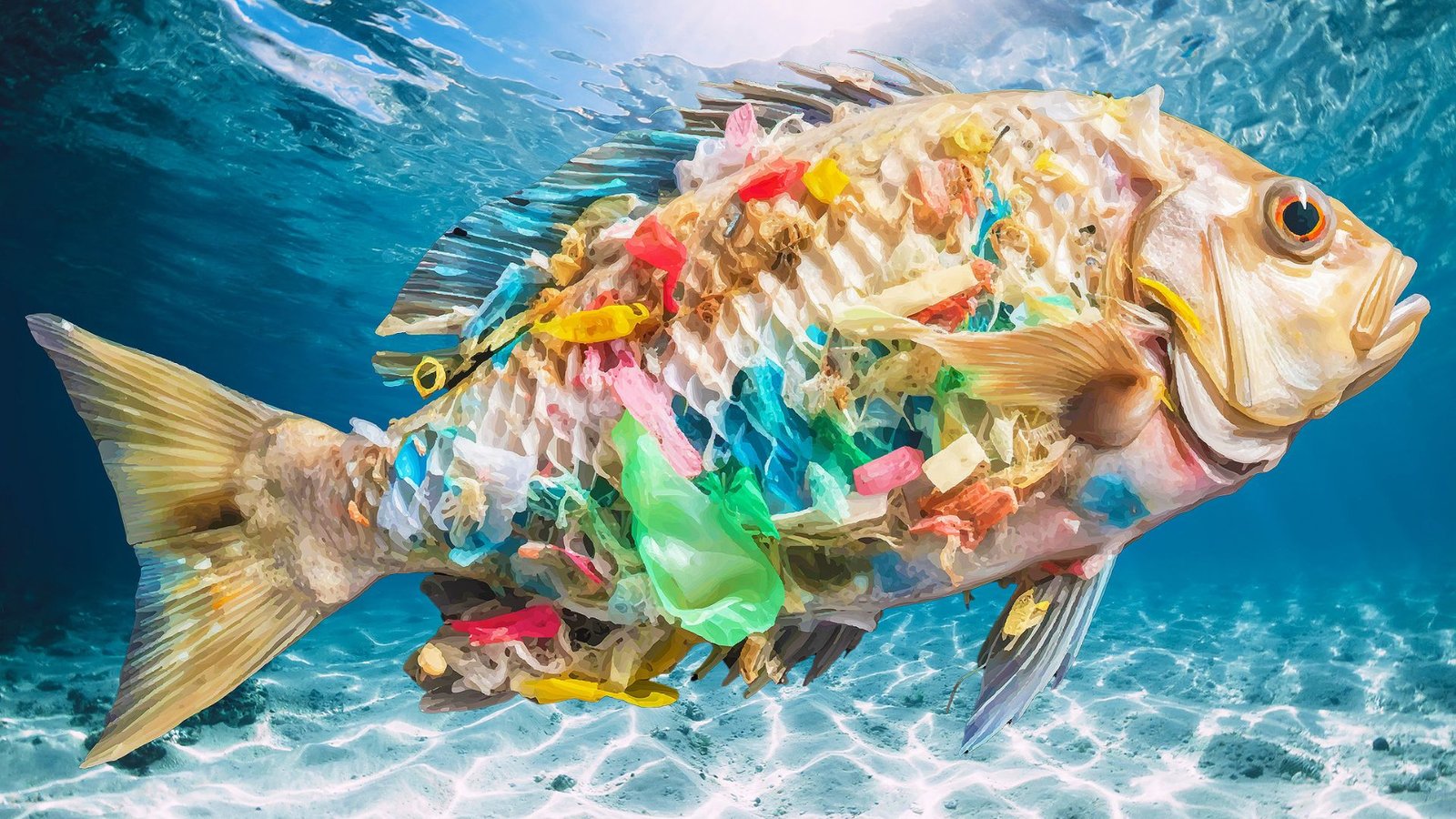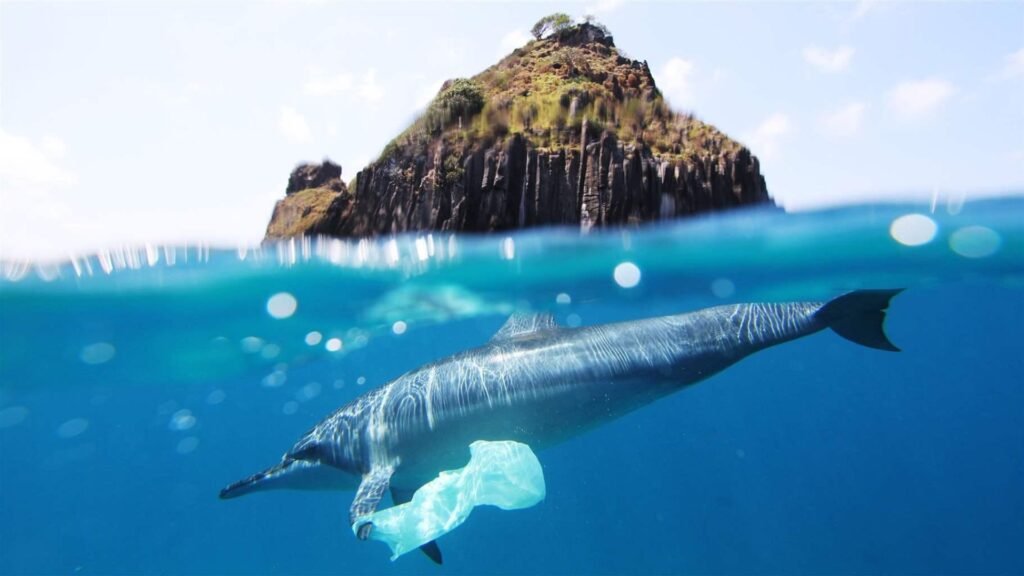Plastic pollution is one of the most pressing environmental challenges of our time. With millions of tons of plastic waste entering the oceans each year, the consequences for marine life and human health are profound. This article explores the various ways in which plastic pollution impacts marine ecosystems and poses significant risks to human health.

Plastic Pollution in the Oceans
The Scale of the Problem
Plastic waste is ubiquitous in the world’s oceans. An estimated 8 million tons of plastic enter the oceans annually, accumulating in massive garbage patches like the Great Pacific Garbage Patch. These plastics range from large debris to microplastics—tiny particles that result from the breakdown of larger plastics or are released from products like cosmetics and clothing.
Sources of Ocean Plastic
The sources of ocean plastic pollution are diverse. They include land-based activities such as littering, improper waste disposal, and industrial processes, as well as ocean-based activities like fishing, shipping, and offshore oil extraction. Plastics often reach the ocean through rivers, storm drains, and wastewater systems.
Persistence in the Environment
Plastics are highly durable and can persist in the environment for hundreds to thousands of years. Unlike organic materials, plastics do not biodegrade but instead break down into smaller pieces, making them even more challenging to remove from the environment.
Impact on Marine Life
Ingestion and Entanglement
One of the most direct impacts of plastic pollution on marine life is ingestion. Marine animals, including fish, seabirds, turtles, and whales, often mistake plastic debris for food. Ingesting plastic can lead to internal injuries, blockages in the digestive system, and a false sense of fullness that can result in starvation. For example, sea turtles often mistake plastic bags for jellyfish, a common part of their diet.
Entanglement is another serious issue. Marine animals can become entangled in plastic debris such as fishing nets, six-pack rings, and ropes. This can cause injury, impair movement, or even lead to drowning. Marine mammals, such as seals and dolphins, are particularly vulnerable to entanglement.
Toxic Effects of Plastics
Plastics in the ocean can absorb and concentrate toxic chemicals from the surrounding water, such as persistent organic pollutants (POPs) and heavy metals. When marine animals ingest plastics, these toxins can accumulate in their bodies, leading to health problems, reproductive issues, and increased mortality rates.
Impact on Ecosystems
Plastic pollution also disrupts entire marine ecosystems. Coral reefs, which are already under threat from climate change, can be damaged by plastic debris that smothers the corals, blocks sunlight, and promotes the growth of harmful pathogens. Additionally, plastics can transport invasive species across oceans, leading to ecological imbalances in new environments.
Human Health Risks
Contaminated Seafood
Humans are at risk of exposure to plastic pollution through the consumption of contaminated seafood. When fish and other marine organisms ingest microplastics, these particles can accumulate in their tissues. As humans consume seafood, they may also ingest microplastics and the associated toxic chemicals, which can pose serious health risks.
Toxic Chemicals in the Food Chain
The toxic chemicals absorbed by plastics in the ocean can enter the food chain when marine animals ingest plastic debris. These chemicals, such as bisphenol A (BPA), phthalates, and polychlorinated biphenyls (PCBs), are known to disrupt endocrine function, cause developmental and reproductive issues, and increase the risk of certain cancers in humans.
Microplastics in Drinking Water
Microplastics are not only present in the oceans but have also been found in drinking water, both bottled and tap. The health effects of ingesting microplastics through drinking water are still being studied, but there is concern that these particles could carry harmful chemicals into the human body and cause adverse health effects over time.
Airborne Microplastics
Recent studies have shown that microplastics can become airborne and be inhaled by humans. While the health implications of inhaling microplastics are not yet fully understood, there is concern that they could cause respiratory problems and contribute to lung diseases.
Conclusion
Plastic pollution poses a severe threat to marine life and human health. The persistence of plastics in the environment, their impact on marine ecosystems, and the health risks associated with toxic chemicals and microplastics underscore the urgent need for action. By reducing plastic production, improving waste management, and fostering international cooperation, we can mitigate the harmful effects of plastic pollution and protect both our oceans and ourselves.

